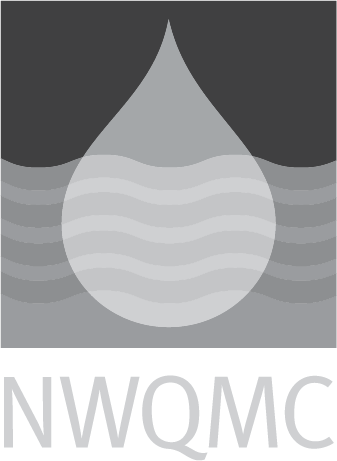EPA: 632: Carbamate and urea pesticides in municipal and industrial wastewater by HPLC with UV detection
|
Official Method Name
|
Method 632: The Determination of Carbamate and Urea Pesticides in Municipal and Industrial Wastewater |
|---|---|
|
Current Revision
| Original method, 1992 |
|
Media
|
WATER |
|
Instrumentation
|
High Performance Liquid Chromatography with Ultraviolet Detection |
|
Method Subcategory
|
Organic |
|
Method Source
|
|
|
Citation
|
|
|
Brief Method Summary
|
A measured volume of sample, approximately 1 L, is extracted with methylene chloride using a separatory funnel. The methylene chloride extract is dried and concentrated to a volume of 10 mL or less. HPLC chromatographic conditions are described which permit the separation and measurement of the compounds in the extract by HPLC with a UV detector. |
|
Scope and Application
|
This method covers the determination of carbamate and urea pesticides in municipal and industrial wastewater. |
|
Applicable Concentration Range
|
|
|
Interferences
|
(A) Glassware contamination: Clean all glassware as soon as possible after use by thoroughly rinsing with the last solvent used in it. Follow by washing with hot water and detergent and thorough rinsing with tap and reagent water. Drain dry, and heat in an oven or muffle furnace at 400°C for 15 to 30 minutes. Do not heat volumetric ware. Thorough rinsing with acetone and pesticide-quality hexane may be substituted for the heating. After drying and cooling, seal and store glassware in a clean environment to prevent any accumulation of dust or other contaminants. Store inverted or capped with aluminum foil. (B) Reagent and solvent contamination: Use high-purity reagents and solvents. Purification of solvents by distillation in all-glass systems may be required. (C) Coextracted contaminants from the sample: The cleanup procedure in Section 11 can be used to overcome many of these interferences but specific samples may require additional cleanup approaches. |
|
Quality Control Requirements
|
Matrx spikes, matrix duplicates, laboratory reagent blank, field duplicates, standard reference materials analysis, |
|
Sample Handling
|
Grab samples: glass bottles, not prerinsed. Automated sampling: free as possible from plastic. Iced or refrigerated at 4°C until extraction. |
|
Maximum Holding Time
|
Extraction within 7 days of collection; analysis within 40 days after extraction. |
|
Relative Cost
|
|
|
Sample Preparation Methods
|
Extraction with methylene chloride with optional Florisil cleanup procedure. |




